With the second edition of Gateway LitFest this weekend including a special focus on literature from the Northeast, four authors tell us about writing in a region considered tumultuous, their struggles and aspirations

Naga dancers get the crowd in the mood at the book launch of Easterine Kireu00c3u0083u00c2u00a2u00c3u0082u00c2u0080u00c3u0082u00c2u0099s Dancing Village, in Delhi. Kire (third from right) won an award for her literary work recently.
![]() "Most mainstream literature festivals do not include writers from the Northeast. When I spoke to writers from Tamil Nadu and Kerala, they too felt that we should include languages from the Northeast in the festival," reveals Mohan Kakanandan, festival director of Gateway LitFest, now in its second edition in the city. There's plenty to look forward to at the fest — from women writers in regional languages, to translations, and forgotten dialects. A session on Northeast literature is also a part of the itinerary, where panellists will discuss whether writers from this region are being pampered or marginalised. Chaired by Sahitya Akademi award-winning writer Subodh Sarkar, the panel will include Assamese poet Pranay Phukan, Khasi-English bilingual writer Desmond Parmawphlang, Manipuri poet Ibomcha Singh and Bengali poet Binayak Bandyopadhyaya. "One and a half hour is less to discuss this topic but we hope to make some difference," admits Kakanandan.
"Most mainstream literature festivals do not include writers from the Northeast. When I spoke to writers from Tamil Nadu and Kerala, they too felt that we should include languages from the Northeast in the festival," reveals Mohan Kakanandan, festival director of Gateway LitFest, now in its second edition in the city. There's plenty to look forward to at the fest — from women writers in regional languages, to translations, and forgotten dialects. A session on Northeast literature is also a part of the itinerary, where panellists will discuss whether writers from this region are being pampered or marginalised. Chaired by Sahitya Akademi award-winning writer Subodh Sarkar, the panel will include Assamese poet Pranay Phukan, Khasi-English bilingual writer Desmond Parmawphlang, Manipuri poet Ibomcha Singh and Bengali poet Binayak Bandyopadhyaya. "One and a half hour is less to discuss this topic but we hope to make some difference," admits Kakanandan.
ADVERTISEMENT
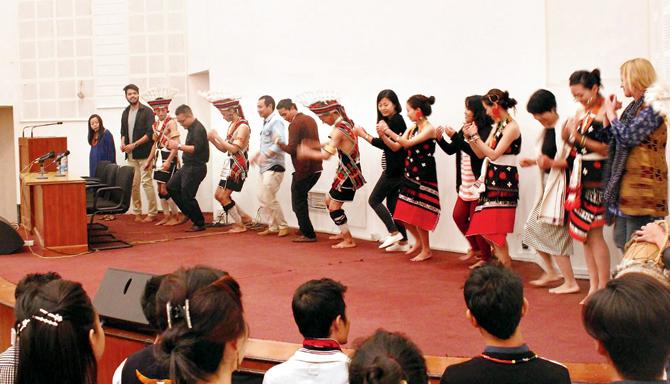
Naga dancers get the crowd in the mood at the book launch of Easterine Kire’s Dancing Village, in Delhi. Kire (third from right) won an award for her literary work recently.
Sarkar feels there is a change in mindset, what with Indian language writers finally realising that writers from Assam, Manipur and Mizoram are equally strong. He's confident that Northeast literature is emerging in the gamut of Indian literature. "We cannot forget about Northeast literature. It needs to be more independent. When I began reading Ibomcha's (Singh) poetry in Manipuri, I realised its impact.
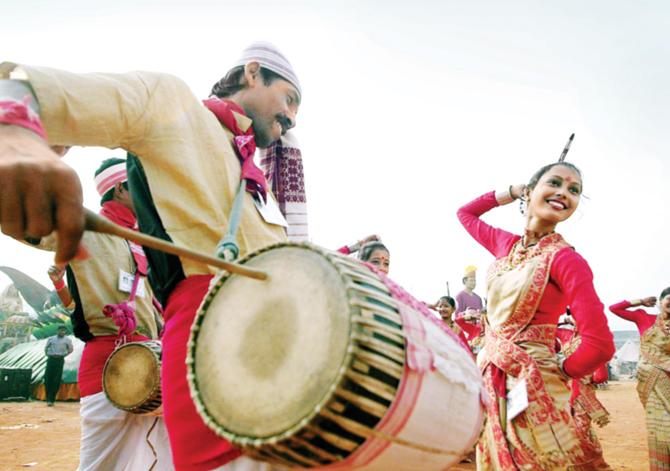
Artistes preparing for a performance of the Assamese dance form Bihu. Pic/AFP
English is the youngest Indian language; I am not against English but we need to change our views about regional languages. Nearly 70 literature festivals were held in the last three months. All follow a similar model — 65% is English language, 20% politicians, 10% Bombaywallahs and five or seven percent Indian writers of mainstream languages. The Northeast is an eye opener," says Sarkar. He feels that translations can be the ideal way to rediscover literature from the region. For several years, Sahitya Akademi magazine has been publishing the works of writers of the Northeast, and others need to follow suit, he reminds.
Also read: Mumbai to host first regional language literary festival
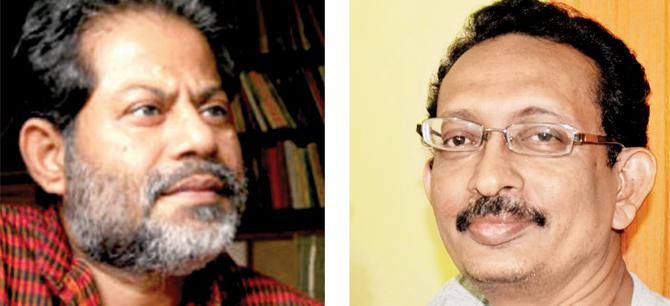
(Left) Subodh Sarkar and Mohan Kakanandan
In January, the attention of India's book lovers was drawn to Easterine Kire and Janice Pariat — both were shortlisted for one of the most prestigious literary awards in the country, and Kire eventually won it for her novel, When The River Sleeps. As all the attention puts the spotlight on Northeast, we speak to four writers from the region who aided in this gradual shift.
Easterine Kire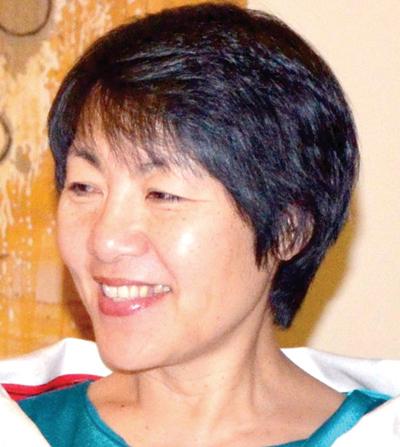
Kire says that the recognition and the awards have been a great motivator. "It is a confirmation that the stories I write and believe in can find a place in the hearts of other people too." She considers it special to be a Naga writer. "It carries with it a lot of responsibility as our written literature is very young," she says, adding, "There are just so many literary areas that are unexplored that one feels like a kid let loose in a candy store." She, however, thinks communicating intricate Naga culture to an English reader is only a matter of a writer's mindset. "The important thing is that the writer should enjoy what he/she is writing about and then the reader will certainly enjoy it too," she says. Her next work we are told is a non-fiction on the Nagas. Despite being based in Norway, Kire is constantly in touch with aspiring writers from Nagaland, and she states, some write beautifully.
Kaushik Barua

Barua's novel, Windhorse published in 2013 is about Tibetan's exiled by China. The author, who is currently based in Rome, says, identities and political spaces are contested even in the region and there is no homogenous sense of community across the different people. "So, I don't feel a special affinity personally to the term. I do feel a huge sense of attachment to Assam and Guwahati where I spent most of my life," he says. He adds, "I have never covered the region. I have always preferred to look outside: writing about the Tibetan community in my first novel Windhorse, and exploring urban dystopias in my second novel, No Direction Rome." He says, "Writers from the Northeast (I mean those writing in English) have received opportunities from the larger publishing houses. I feel the next step is to promote writing in the vernacular languages and for the narratives to move beyond the years of conflict that affected much of the region."
Janice Pariat

Pariat stormed into the literary scene in 2012 with her collection of short stories, Boats on Land that explores the lives and fables of Meghalaya. With her subsequent novel, Seahorse, she shifted to Delhi and considers it important to move beyond labels and geographic boundaries. "First and foremost, I'm a writer. Others slap the labels on. And that often says more about the person doing the labelling rather than the one being labelled," she says. She adds that she has got a lot of help and mentoring from older, more established writers from the region and would love to mentor younger writers if they approach her.
Aruni Kashyap
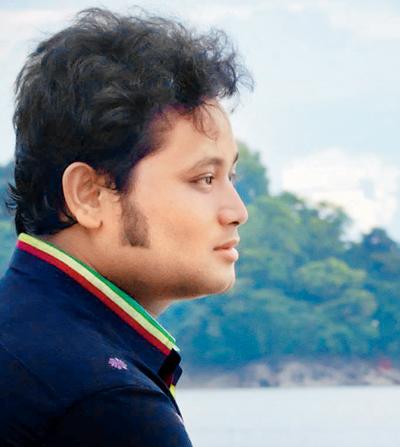
Hailing from Assam, Kashyap was considered one of the most honest and original voices in the country when his novel, The House With A Thousand Stories came out in 2013. Kashyap considers being a writer from the Northeast is to have a unique lens to look at India from the margins. "It means that I can belong to a rich tradition of literature in print and oral. I have learnt much more from the Bihu songs, Bongeets, wedding songs and the folk tales of Assam than novels and short stories written by my favourite writers," he says. Kashyap is currently writing a novel in Assamese, set in the US on the Assamese diaspora that is serialised in an Assamese monthly magazine called Satsori. He is also working on an English novel set in Assam between 1909 and 2000. pic courtesy/Kishore Hazarika
 Subscribe today by clicking the link and stay updated with the latest news!" Click here!
Subscribe today by clicking the link and stay updated with the latest news!" Click here!







